December 30, 1957
Castro's response to the Liberation Junta's Pact of Miami (Unity Pact) was hand carried by his trusted courier Antonio Buch, a Santiago physician. It arrived in Miami on December 30, causing quite a stir.
Castro's response plainly showed the Junta members that Castro would not honor agreements, nor tolerate any arrangement which did not give him absolute control; and that his unvarying two-pronged strategy was to
(1) engage only with individuals he could bully or trick into doing what he wanted, and
(2) attack all others—who he saw as enemies to neutralize or destroy. These attacks included invective, ridicule and violence.
Castro's scathing attack on the Junta for "politicking" (politiqueria) was an unmistakable signal that he viewed political compromise, negotiation and elections with contempt, being devoted to the use of force and the establishment of totalitarian rule. In mocking the Miami revolutionaries as engaged in an "imaginary revolution" (contrasted with what he called his real revolution in the Sierra), he made it clear that he did not view power as something to share, and that he would engage only parties completely loyal and subservient to him.
Castro's imperious letter tacitly conveyed his future dictatorial plans for Cuba. The initial response of Liberation Junta leaders was shock, despondency and dismay. They feared, rightly, that if the letter’s contents were publicly known their exile "Unity" public relations ploy would collapse, exposed for what it was, and make them look foolish for having trusted Castro. This left them in a quandary. They could publicly acknowledge the letter, and denounce Castro as a thug seeking to establish a totalitarian regime by deception and intimidation. But this course would help Batista—a result they were committed to avoid at any cost.
The Miami revolutionaries resolved their quandary by begging the M-26-7 representatives to suppress publication of the letter. In their pleading they acceded to all of Castro’s demands. This was doubly satisfactory to Castro’s representatives, since some of them also felt publication of the letter would not help their cause or Castro’s public image. Raul Chibás, Mario Llerena and Buch family members in Miami and New York called on press contacts to avoid publication of the letter’s contents. Buch family members representing Castro in the US at that time included courier Antonio Buch, Angel Maria Santos Buch, and Luis M. Buch Rodríguez (who would become secretary of the Council of Ministers in January 1959.)
Castro’s arrogant and insulting letter triggered objections from Tony Varona, Manuel Bisbé and Roberto Agramonte, with attendant fractiousness and internal disarray within the Junta. The arrival of Castro’s letter (but little of its contents) and the initial disputes it triggered were reported by the New York Times and Time. But the objections to the letter were soon withdrawn, and the Junta members assented to Castro’s dictatorial demands. And in spite of mounting evidence of communist participation in the Sierra, they reaffirmed and officially ratified their submission to his leadership a few months later in the Pact of Caracas (July 1958).
This was a pivotal moment in Cuban history, because with the Junta’s abasing assent Castro had finally yoked to his movement the other revolutionary groups and the abstencionistas, taking total control of the revolutionary opposition. Castro’s “fake it ‘til you make it” gambit had finally paid off, making him (as he had for so long pretended to be) the Maximum Leader, in complete control over the revolutionary opposition.
The Junta leaders could have confronted Castro and the truth before them, publicly telling their followers what had happened. They could have acknowledged their error and told their followers that for all his faults Batista was able and willing to negotiate; as he had in the past, and this was an acceptable compromise, especially since he would not be a candidate in the 1958 elections. They could have denounced Castro and announced they were changing course by supporting the electoralist-constitutionalist opposition and the 1958 elections. That solution would have preserved and secured Cuba’s democratic institutions and freedoms. They could have at least honored Márquez-Sterling’s request to suspend their attacks on the electoralist opposition and its candidates until the 1958 election was held and results announced.
But tragically for Cuba, the Junta leaders ultimately chose to capitulate to Castro rather than acknowledge they had erred in forging an alliance with him. Their fanatical compulsion to destroy Batista rendered them oblivious to signs that by empowering a thug telegraphing ambitions of absolute power they were imperiling the survival of Cuba’s democratic institutions. They evidenced their unfitness as moral leaders by irresponsibly adopting "the ends justify the means" as their guiding principle.
Consumed by hatred for Batista, the Junta leaders convinced themselves to turn a blind eye to all they knew about a Castro: his criminal past, his thuggery, his communist associations (going back to the Bogotazo), and his unwillingness to honor agreements. Worse, these leaders used their political clout to convince their Cuban followers that Castro was not a Communist or a gangster, but a trustworthy champion of democracy that could be depended on to make good on his promises to restore full democracy when he came to power. Their rabid partisanship led them to aid and abet Castro in his campaign to subvert the 1958 elections by thuggery, intimidation, electoral fraud and even murder of candidates. Causing injury to Batista trumped all other considerations. They apparently failed to consider that in subverting the election and fomenting political thuggery they were paving the road for a tyrant to establish totalitarian rule.
Carlos Márquez-Sterling thought the Pact of Miami had been a vain attempt by the Miami armchair revolutionaries to con a con man, devised by the Junta as a snare to gain control over Fidel and his movement, but ending with Fidel turning the tables on them and bringing them under his control.
In his paper, 'Anybody but Batista' or The Politics of 'The End Justifies the Means', Manuel Márquez-Sterling characterizes the response by the Junta members to Castro’s diktat as the critical turning point that established Castro's tyranny:
[The Junta] submissively capitulated to the diktat of the man already emerging as the new dictator of Cuba. They did so because for them the overriding goal was violently overthrowing Batista, as we can gather from Angel Pérez Vidal's candid description of these events in his history of the revolution.
By accepting the premise that preserving public order and the reorganizing the armed forces after Batista's fall was the sole province of the 26th of July Movement, the Junta leaders had tacitly consented to forming revolutionary militias and disbanding the Cuban armed forces. This would potentially put the country in the hands of Communist rabble—and it did in 1959. By quiescence they also consented to the dismantling of all of Cuba's democratic institutions. Agreeing to treat the office of President as appointive at Castro's pleasure and accepting Urrutia as President—a political unknown without a constituency—meant that all executive, legislative and judicial powers would be in the hands of Castro and his 26th of July Movement. And of course the armchair Junta put at Castro's disposal their considerable public relations and propaganda resources within Cuba to harass the electoralists and undermine the 1958 elections.
In the same paper he goes on to add that in political terms, by their acquiescence the Junta anointed Castro as tyrant:
From that day Cuba had two dictators: one waning at the exit door, the other waxing at the starting gate. The feckless and degrading abasement the Junta chose as their path elicited from Carlos Márquez-Sterling his prophetic declaration that "A somber tyranny is being incubated in the Sierra." There were few who at the time were able or willing to understand this utterance against the tide.
This was truly the turning point in the Cuban political crisis of the 50s. After playing "Leader of the Revolutionary Opposition" for so long on the pages of the New York Times, Bohemia, and other pages of a free if biased press, Castro finally became the undisputed and unaccountable Leader of the Revolution. The armchair revolutionaries would later bitterly rue their decision, as they painfully learned that replacing democratic government with a totalitarian one is much easier than the reverse.
based on Manuel Márquez-Sterling's Cuba 1952-1959 and
Cuba 1952-1959 Interactive Timeline
Cuba 1952-1959 Interactive Timeline


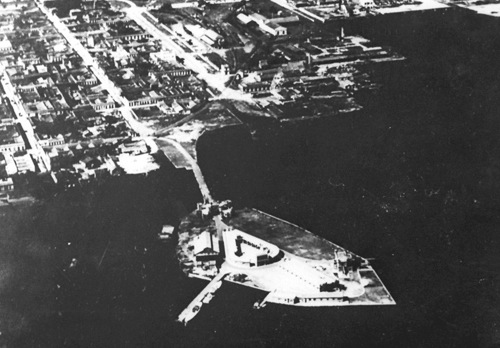

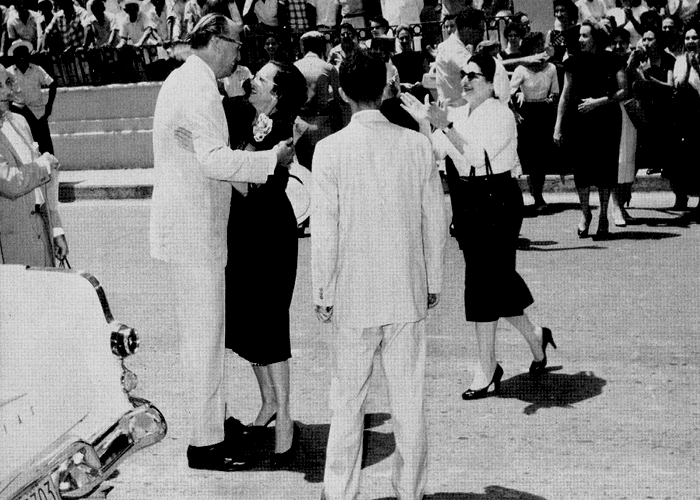
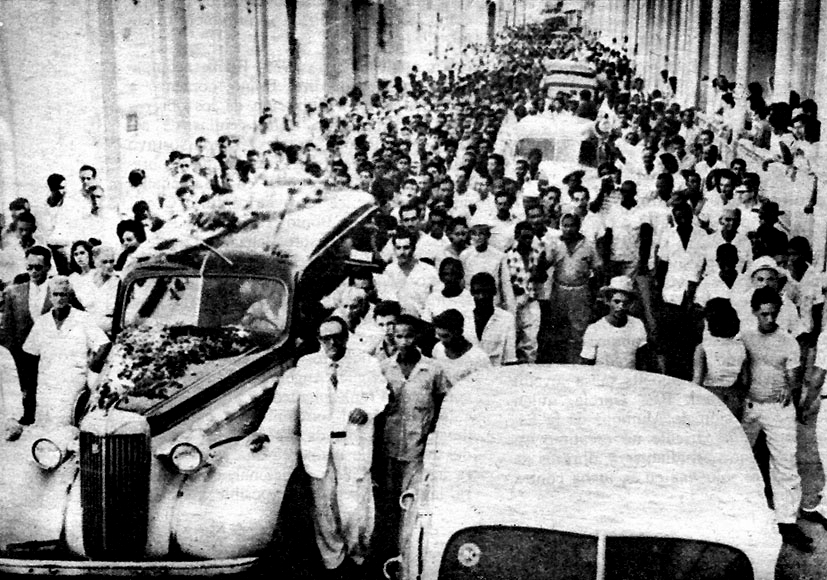
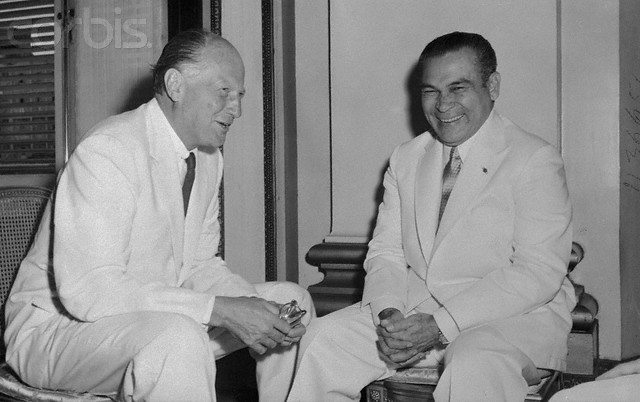
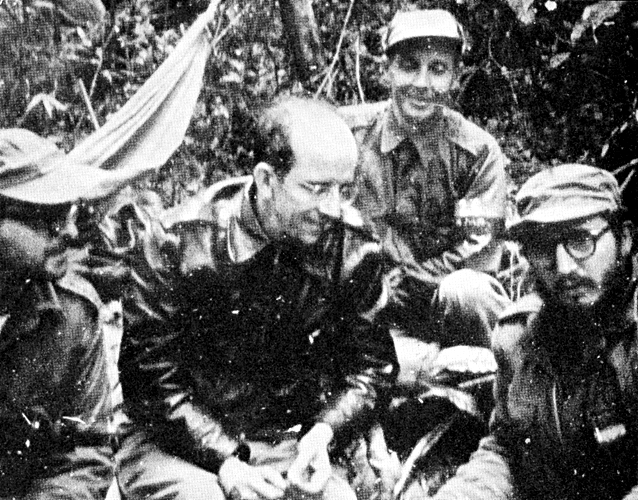
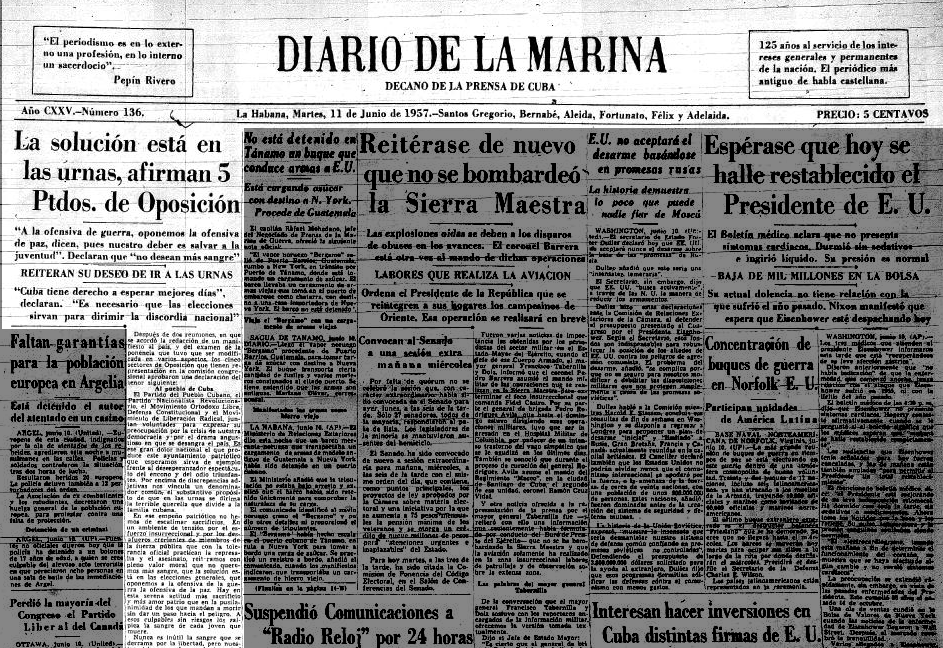
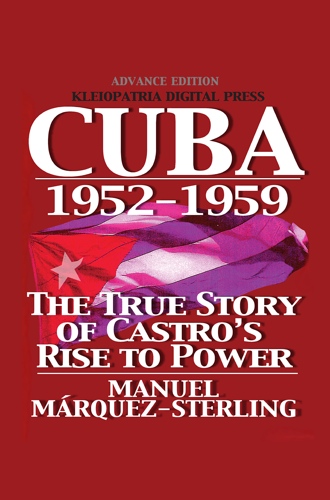
 Mobile subscription
Mobile subscription


